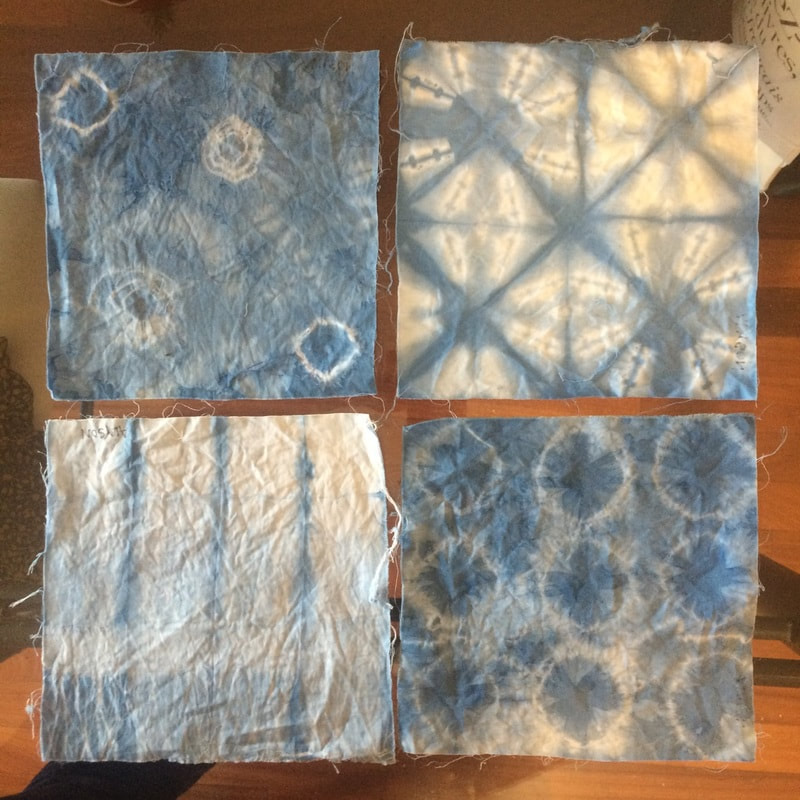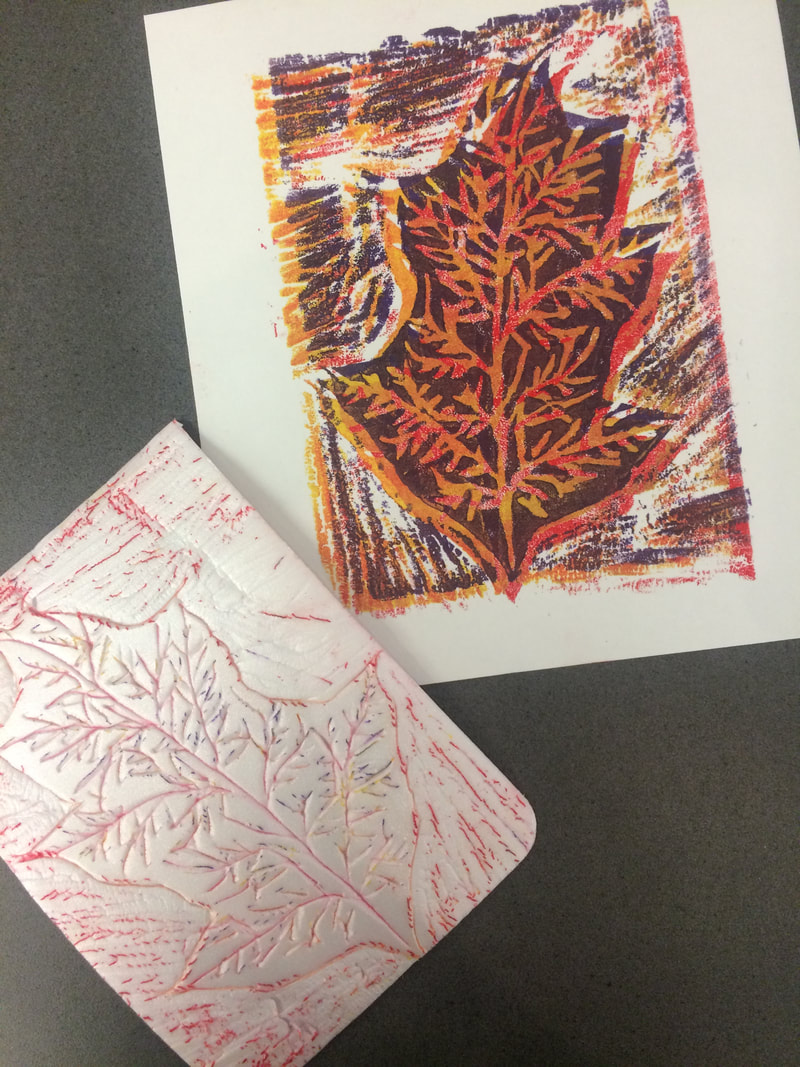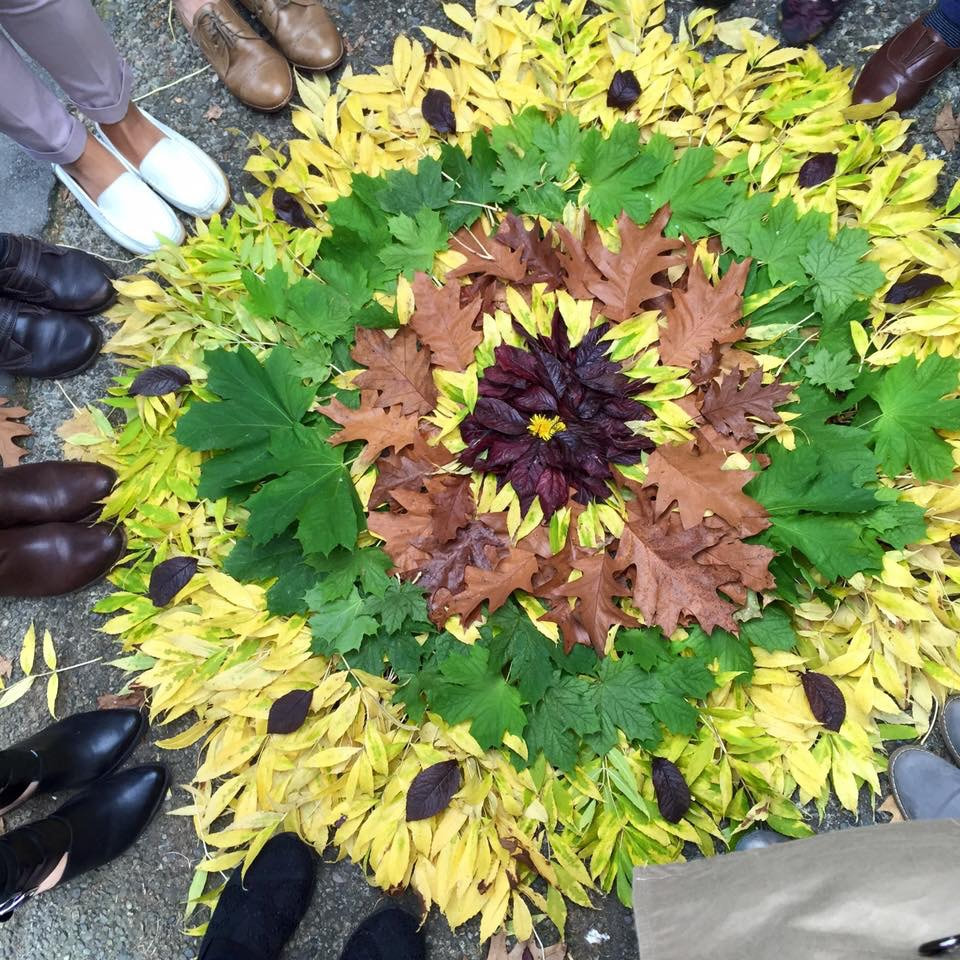|
I attended the BCATA conference on October 23rd for the Pro-D opportunity. The day began with a lecture by Canadian sculptural artist Vic Cicansky, and then I attended three workshops led by BC art teachers and artists.
The first workshop was the most helpful for me and was taught by Nancy Crawford of Langley Fine Arts School. She gave a simple process for helping students to make their artwork meaningful and personal, and many examples of student work to show how the technique can be used in classrooms of all levels. This process is outlined in her book ‘Getting In! A comprehensive preparation program for art school’ as well as on her numerous websites related to her book, her teaching, and her personal art practice. I look forward to using these resources in my own lesson planning and personal practices. The second workshop I attended was taught by Jeanne Krabbendam of Emily Carr university and gave practical examples of different art mediums that can be used in art classrooms to create different effects and professional finished to help students elevate their work. A few of the techniques were also useful in that they showed how to achieve similar finishes to other techniques that may be too toxic or expensive for high school environments. The final workshop gave me another technique specific practice that I could use in my classroom. We were taught the history of Shibori (japanese indigo dyeing), and how to make the dye and use it to stain textiles. The best part of this technique is the applications it can have to other subject areas. For example, the mixing of the dye is a very scientific process that relies on oxidation of chemicals in various ways and transformation of materials.This could be a great way to bridge chemistry, art, and home economics together, as well as history.
0 Comments
An example from our workshop on printmaking! Thanks to all from our EDCP 302A class who shared their knowledge. I used an adapted linocut technique (using styrofoam plates instead of lino plates) to make this three colour print of a leaf. This is a great technique for younger students as it is much safer than traditional linocut, and a good way for older students to plan their images out before committing to the lino block, particularly if they are planning on doing multiple layered prints, like I have done in my sample.
At King George Secondary, we had the opportunity to observe Matt Sinclair’s grade 9 IB MYP visual art class and his grade 12 visual art class. It was obvious that Matt had a very good relationship with his students; they respected him and enjoyed his class, and students even came to his room between classes for support with other projects. In both of Matt’s classes he began with a hook video of a new art media that was of interest to him and talked about the future of art practices with his students. Then, he gave a brief demonstration of an art technique and had students spend the beginning of class practicing the techniques he demonstrated. His demonstrations were short enough that students kept their interest in it, but gave enough detail that they could successfully recreate it on their own. He gave them options for choosing their own subject matter so as to support their autonomy and individuality, and told them how the warm ups would be used later on by giving them a purpose for the assignment.
After the warm up techniques, Matt explained what the larger project for the day would be and showed examples of contemporary artists that work in the media he was demonstrating. Some students in his class offered examples of artists they had researched on their own that might be of interest to the class, which Matt encouraged them to do. During the assignments we floated around the classroom to offer support one-on-one, and answered questions from the TCs. At the end of the day, students shared the work they had done together with the rest of the class, and Matt went over the homework expectations and upcoming assignments so that it was clear to everyone. Classroom management seemed to be easy for him; both classes had smaller numbers of students and they all seemed to be fairly well-behaved and focused. There were a few students in the senior class that were more outspoken and less focused, however Matt seemed to be able to manage them quite well because of his knowledge of the students as individuals and the relationship he had built with each of them. For our first time in a high-school classroom since, well, high school, I had a wonderful experience and learned a lot. Thanks Matt! |
Archives
February 2020
Categories |




 RSS Feed
RSS Feed
